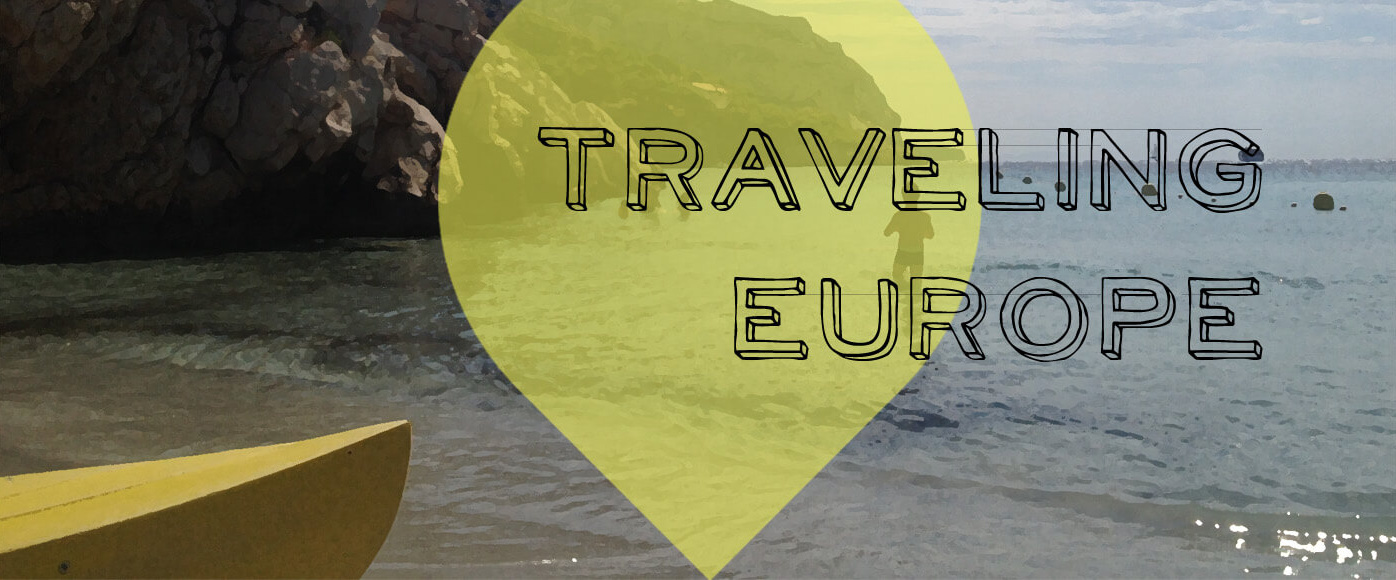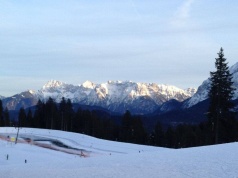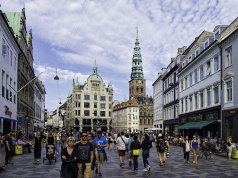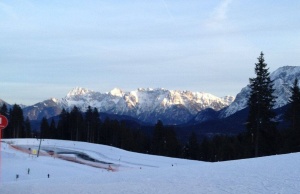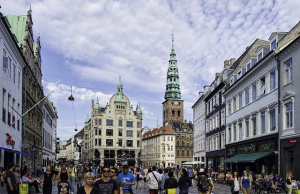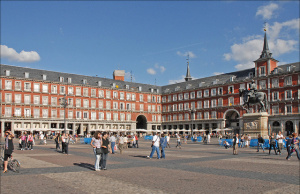You may have heard of this little party that happens each year in Munich…
The 2015 Oktoberfest just came to an end, so it felt only right to pay a little tribute to my trip there last year.
For over two hundred years, the tradition has been kept alive. Today, over 6 million visitors flock to the Theresienwiese, or Wies’n, fairgrounds each year to celebrate, consuming over 6 million liters of beer!
Beer At Oktoberfest
Not just any beer can be served at Oktoberfest, either. Firstly, it must conform to the rules of the Reinheitsgebot (Purity Order), sometimes referred to as the “German Beer Purity Law”. This law regulates the ingredients that are allowed in the German beer, with the most well known version coming from Bavaria (the German state where Munich is located) in 1516.
The beer must also be brewed within the city limits of Munich to be designated as an official “Oktoberfest Beer”. The six breweries allowed to produce the beer include the Augustiner-Bräu, Hacker-Pschorr-Bräu, Löwenbräu, Paulaner, Spatenbräu and Staatliches Hofbräu-München. You can find most of the beer from these breweries in all parts of Germany throughout the year, but there is something special about drinking it out of a 1-liter mug wearing a Dirndl (the traditional Oktoberfest outfit for women).
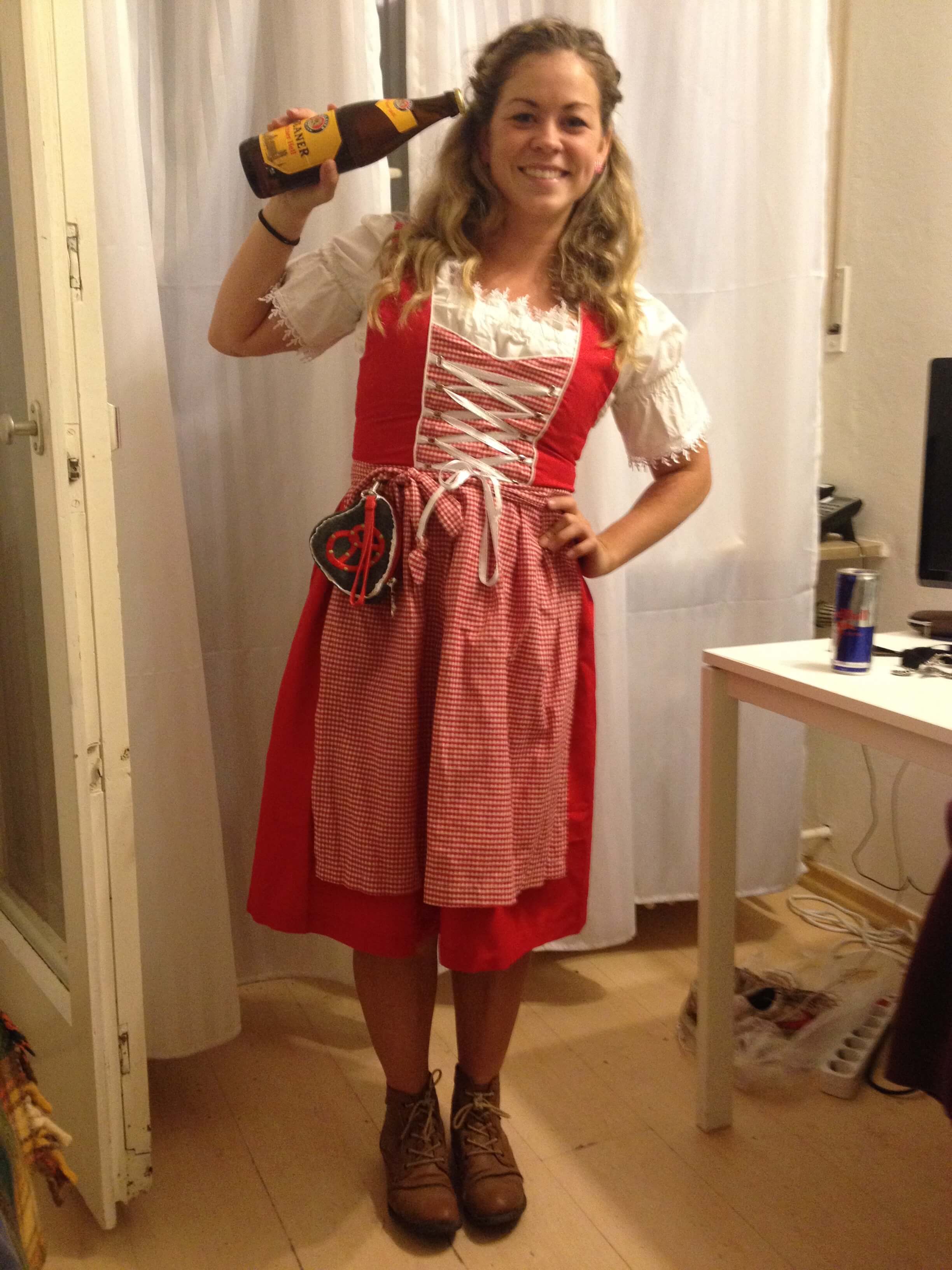
History of Oktoberfest
While many people have heard of Oktoberfest, it is the largest festival in the world, after all, you may not know the story behind it.
On October 12, 1810, the Crown Prince Ludwig, later to become King Ludwig I, married Princess Therese of Saxony-Hildburghausen. In celebration of their matrimony, the citizens of Munich were then invited to attend the festival held on the field in front of the city gates. These fields were later named “Theresienwiese” (Theresa’s fields) to honor the Princess and are the same location of the festival today. There was a horse race for the royal family to mark the close of the event, and essentially the decision to repeat this race the next year is the reason that Oktoberfest became a tradition.
While the last horse race was in 1960, overtime the festival grew to include many more attractions. An Agricultural Show was added and takes place every three years. Gradually, more amusements were added such as a carousel and other rides, as well as the traditional beer stands were replaced by beer tents in 1896.
My Visit
Going to Oktoberfest last year was something I always wanted to do. I mean, what could be better than dressing up in a crazy costume, drinking liter beers and eating traditional Bavarian food?
The experience itself was more than I expected. Though it was very crowded, the festival grounds are huge. Everything, I mean everything is totally lit up! It was like a magical carnival. Plus everyone is wearing the traditional outfits, with men in Lederhosen and women in the Dirndl, so you can totally get in the spirit!
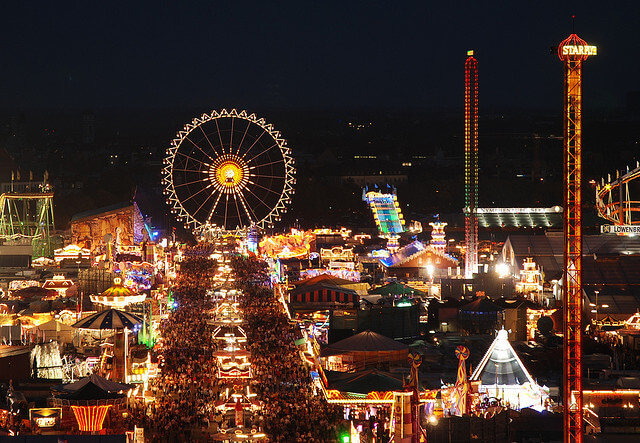
We dropped the ball a little on the beer tents, however, which is where all the fun really happens. You should try to reserve a space prior or get there very early to get a spot at a table, which we didn’t do. You can also only order your drinks from a table, which means that in the end a table is totally necessary! The tents also close relatively early (around midnight), so it’s better to get there earlier in the day anyway.
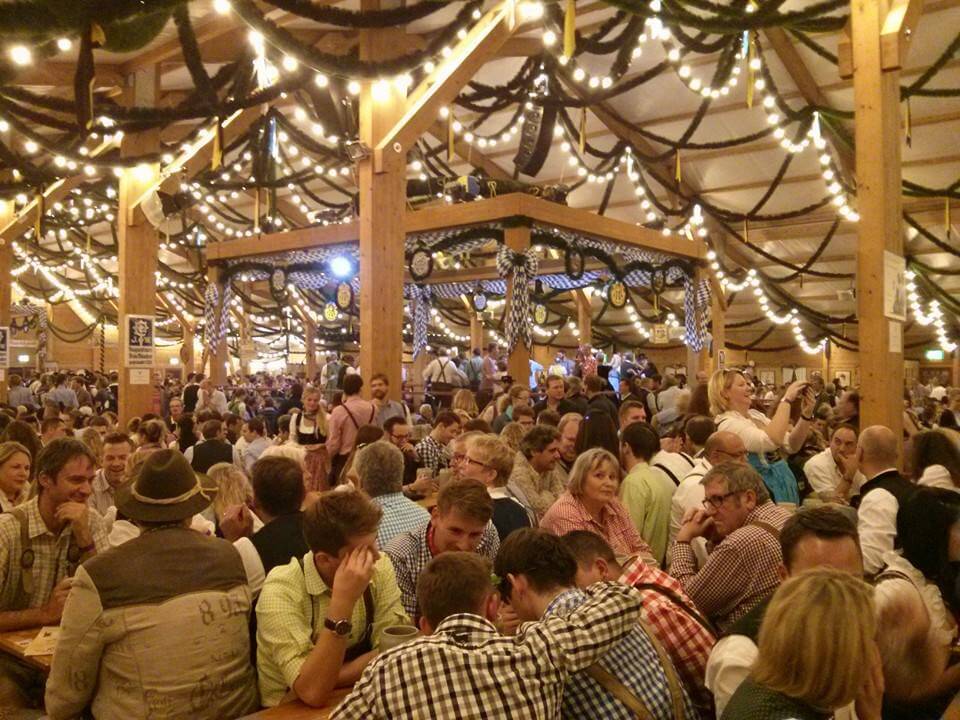
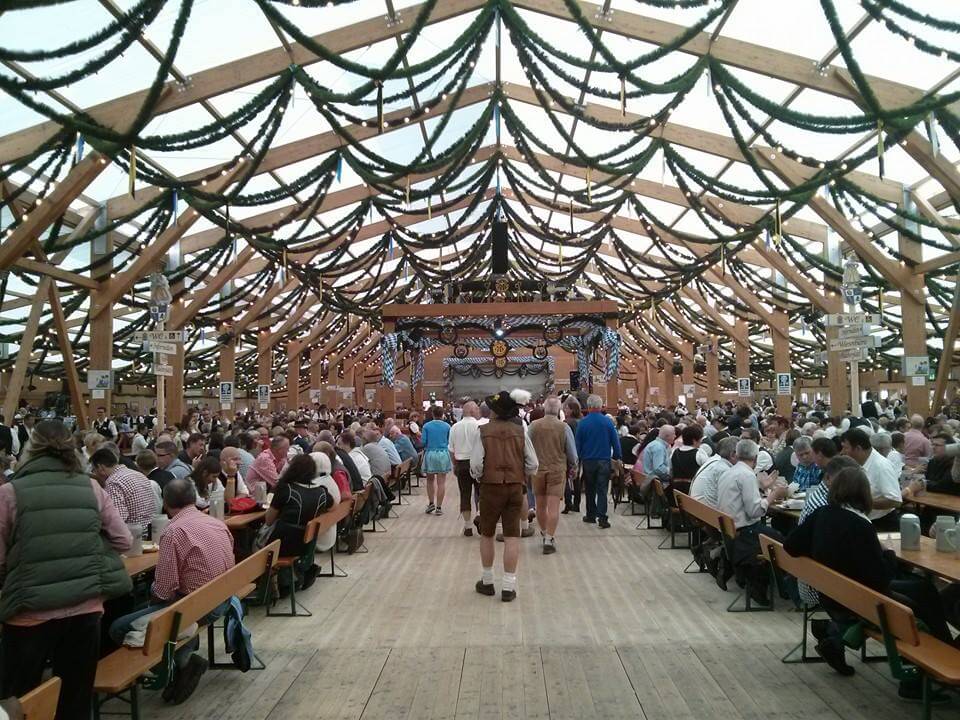
Anyone else have any experiences to share about their trip to Oktoberfest?
[Wikipedia], [Oktoberfest.de]
Featured image from Hierbert Pohl via Flickr.
